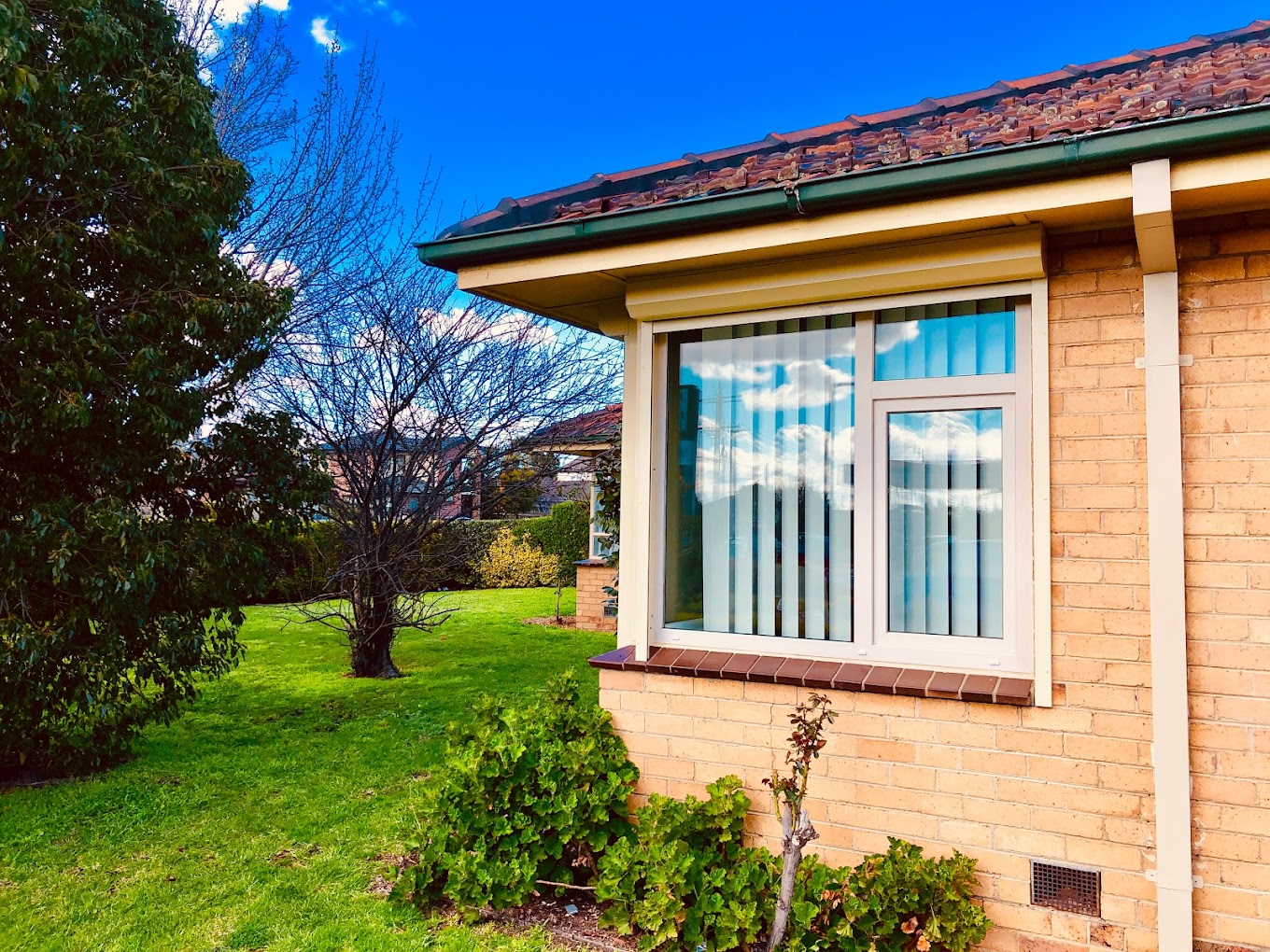All Categories
Featured
Table of Contents
Does Double Glazing Keep Heat Out in Mount Nasura WA
Laminated glass is often utilized in areas in the home most vulnerable to injury from human impact such as bathrooms, doors, around staircases and in locations near the floor (it satisfies the requirements of 'shatterproof glass' that is mandated for usage in these areas by Australian Standard AS 1288 Glass in structures).
Toughened glass has actually been 'tempered' by being reheated and rapidly cooled again. This procedure makes it much more powerful than standard glass it can resist greater impact loads prior to breaking. It likewise makes it much safer since, when it does shatter, it burglarizes lots of small cubic pieces instead of unsafe shards.
Buy Double Glazed Upvc Sliding Doors In Sydney in Embleton Perth
Toughened glass has no thermal or acoustic advantages over other glass of the exact same toning or thickness. Secondary glazing is where single-glazed windows are retrofitted with a transparent acrylic or glass sheet attached to the inside of the frame or openable sash with a secondary frame or with magnetic strips.


Secondary glazing will not carry out also thermally as a manufactured IGU, considering that it is impossible to absolutely seal the border, but it can offer good noise control. Window movies are a thin polymer film containing an absorbing color or reflective metal layer, with an adhesive backing. They adhere to your glazing to change its colour or make it reflective.
The Best Double Glazing Companies In Canberra in Bateman WA
Applied to existing glass, some window films can halve the overall SHGC of the window by absorbing and/or reflecting solar radiation. This can be particularly advantageous in hotter environments where cooling is the primary issue, or on east and west elevations straight exposed to long durations of sunlight. Nevertheless, window films might likewise minimize visible light transmittance.

For this reason, it is usually best to use a certified installer of window movie. Frames have a significant influence on the thermal efficiency of doors and windows, since energy can be gotten and lost through the frame, as well as through the glass. Various kinds of frame will enable various levels of heat gain and loss, so cautious option of frame is necessary for effective passive design.
Double Glazed Windows Melbourne in Attadale WA
However, aluminium is also an excellent conductor of heat and will decrease the insulating value of a glazing system, unless specifically engineered to decrease this. A 'thermally broken' frame is comprised of 2 aluminium areas connected by a structural insulator (normally a low-conductivity structural polymer). This 'breaks' the thermal connection through the aluminium and minimizes the heat flowing through the frame.
Wood frames are an excellent natural insulator that can suit some home styles. Timber frames need to be made from types that have naturally high resilience or be dealt with to avoid decay and deformation.
5 Benefits Of Double Glazing Windows in Secret Harbour WA
(weather condition stripping) is installed.
u, PVC windows and doors have exceptional thermal efficiency Photo: Ben Wrigley (Light Home Architecture and Science) Composite frames utilize aluminium profiles on the external areas with either a timber or u, PVC inner section. These combine the low maintenance and sturdiness of aluminium with much improved thermal efficiency.
Latest Posts
Window Glazing For Households - Energy in Myaree WA
Why You Need Secondary Glazing In The Summer in Madeley WA
Secondary Glazing: Is It Worth It? in Applecross Perth